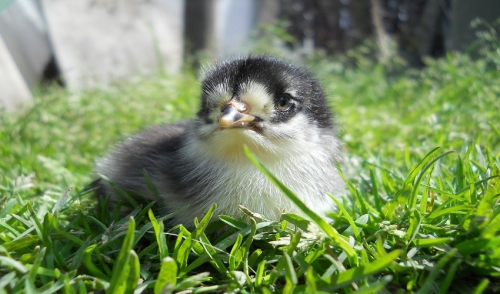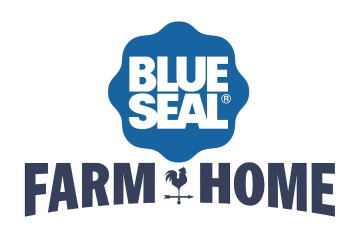{article.name} Monthly Blog Articles
WE DELIVER
Peterborough, NH: 603-924-6801 Brattleboro, VT: 802-254-8755 Walpole, NH: 603-756-9400 Hillsboro, NH: 603-464-3755 Milford, NH: 603-673-1669 Keene, NH: 603-357-5720How to Control Mites and Lice on Chickens

- Share this:
- Share on Facebook
- Pin on Pinterest
- Tweet on Twitter
Mites and lice can be troublesome parasites in any chicken flock, causing a range of problems and decreasing the flock's productivity. Recognizing a parasite infestation and understanding how these pests flourish can help you more easily control them, however, and keep your flock comfortable and pest-free.
Where Mites and Lice Flourish
Mites and lice thrive in damp conditions with plenty of organic material – dead skin cells, feces, shed feathers, etc. – available to eat. Mites prefer cracks or niches in wood, and lice may also enjoy deep grasses and weeds. Either pest may also flourish in damp bedding. Wherever these conditions persist, whether in a chicken coop or in adjacent fields, these pests can grow to overwhelming numbers and quickly infect a flock.
Signs of a Flock Infestation
It may be difficult to see mites or lice in the coop or the general area where your chickens live, but you can find signs of the pests on the birds themselves. Symptoms of mite and lice infestations include…
- Ragged feathers or excessive feather loss
- Excessive preening, restlessness or general discomfort
- Weight loss
- Decrease in laying productivity
- Anemia or pale combs
- Redness and scabs on the skin, feet or legs
- Red or black specks under the wings or around the vent
- White or grayish eggs clumped along the feather shafts
The more severe a pest infestation becomes, the more difficult it will be to control. It is best to inspect a flock one or two times a month or even more frequently during hot or damp periods to catch any signs of mites and lice right away.
Easy Ways to Control Mites and Lice
There are a number of techniques that can help manage mites and lice and prevent these pests from getting out of control. To keep your chickens pest-free and comfortable, try…
- Providing good dust bathing areas with wood ash as part of the dusting soil. The birds will dust frequently, which will absorb excess body oil and help them shed organic debris that would otherwise feed these pests.
- Cleaning the coop regularly, including cleaning and disinfecting dropping boards and replacing bedding with fresh material. This will minimize the buildup of any shed feathers or feces that could encourage pest growth.
- Increasing iron in the birds' diet to combat anemia from blood-sucking pests. Adding a variety of leafy greens – kale, collards, spinach or dandelion greens – to the chickens' feed, as well as strawberries, broccoli and watermelon, can be helpful.
- Keeping the coop dry and well ventilated so there are no good conditions for pests to infiltrate the area. Be sure to also trim away deep grasses or weeds adjacent to the coop so lice cannot be harbored in close proximity to the chickens.
- Spraying pesticides on walls, fences and perches where mites may hide. Follow all chemical use instructions carefully and keep the birds protected from accidental contamination. Some chemicals can be used on the birds in severe infestations, but always consult a veterinarian before trying such drastic measures.
Mites, lice and similar biting pests can be trouble even for a healthy flock, but if you understand the symptoms of pest infestations and how they thrive, you can take simple steps to keep your chickens safe and healthy.



Comments